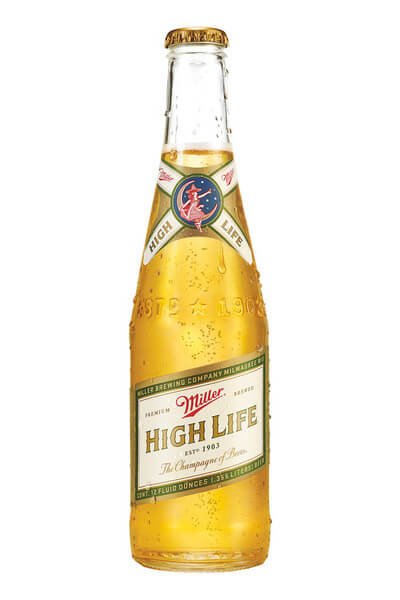Beer Style Guide: Get to know American Lager with Em Sauter
American Lagers are as American as apple pie but we have many German immigrants to thank for its creation. Busch, Coors, Miller (actual name Muller) - all immigrants to America that changed the way we think about beer.
History of American Lager
A wave of German immigrants came to America in the mid 19th century and settled in the heartland and Midwest of America. They brought their culture along with them, which included their fondness for beers, beer halls and days off at said beer hall with family and friends. The precursor to the American Lager is the Pre-Prohibition Lager, a style of beer that was popular with these immigrants.
The best thing about beer styles is that they change based on availability of ingredients. The Germans didn’t have their pilsner malt but they had American grown pale malt. They also had flaked corn, which they used as a regular source of fermentable sugars. For hops, they used American grown Cluster or noble hops from their own country if they were available.
As beer became more industrialized, the American Lager became its own type of beer and was the most popular beer style in America in the early 20th century until about 20 years ago when its little sibling American Light Lager took the throne. American Lagers lacked the heavy hop punch of the Pre-Prohibition lagers and instead focused on drinkability vs. any discernible hop flavor/aroma. The popularity of American Lagers stems from many new inventions of the late 19th century- refrigeration helped ship these beers to more people and advertising became popular, something beers did (and still do) well.
How American Lager is Made
Brewing an American Lager starts with pale malt and either rice or corn. Budweiser uses rice in its beers while Coors uses corn syrup. American Lagers are brewed the same way as an American Light Lager but with more alcohol (an American Lager tends to be around 4.8-5.2% ABV vs. 4% for a Light Lager). Hop variety doesn’t matter as the IBUs are very low for this style. You won’t be tasting any of the hops anyway as they are only for preservative properties. The beer uses an American Lager yeast strain and is fermented cold for 7-10 days and then lagered (held at near freezing temps) for about three weeks before packaging.
Aromas and flavors are minimal for this beer but can include a neutral sweetness, corn, and grainy cereal quality. As with American Light Lagers, what would be considered a fault in many beers is allowed in small doses in American Lagers. That green apple snap of acetaldehyde and the corny flavor/aroma or Dimethyl Sulfide (DMS) actually gives this beer style a little personality. And again, as with the American Light Lager, the mouthfeel is prickly and refreshing due to higher carbonation than most other beer styles. This gives the beer its refreshing quality.
Food Pairings
It’s not summer if you don’t have an American Lager in your cooler. American Lagers are best drunk outdoors with a beer can in one hand and a hot dog in the other. The sweetness of the beer contrasts super salty foods really nicely and the high carbonation will cleanse your palate of any residual spicy mustard or BBQ sauce. It’s a grilling staple that’s great for most grilled foods from teriyaki salmon to brisket. American Lagers are more versatile than people think.
Beers to Try
It’s the King of Beers for a reason. There’s a sugar sweetness to Budweiser that makes it pair really well with salty foods like a hot dog at the ballpark or a bowl of popcorn while watching a movie.
Bellaire, MI based Short’s Brewing brews some wacky beers but they also brew a top notch American lager. It passed the “mom” test as my mother is not really a beer drinker; she happily enjoyed a few pints of Local’s Light while visiting Chicago.
A fridge staple in my house (my husband is a sucker for those 18 pack bottles), Miller High Life was launched as the flagship beer of Miller in 1903 and has been popular for over a century. Now brewed with an advanced hop product called Tetra hops; this allows the beer to be served in clear bottles without that “lightstruck” skunk flavor.



